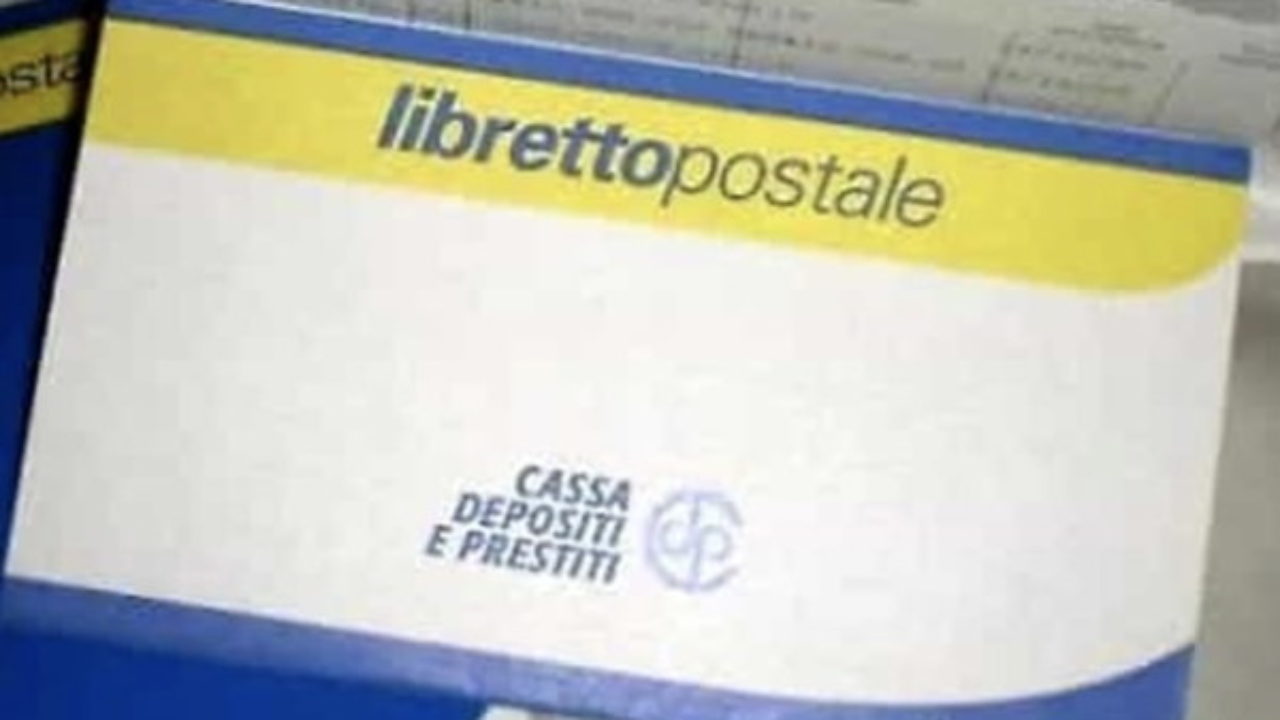Even in the crowded world of digital payments such as today, postal books represent a decidedly common and appreciated solution, even though they are not the most “advanced” from a technological point of view. Few people know that this “weakened” form of traditional savings books dates back to the 19th century, even if the true diffusion began to appear from the second half of the 20th century.
“Popular” tools
Among the factors that contribute to making them still very popular are the costs, which are practically zero during use but also for the opening and closing of the booklet, which can be “controlled” by going to a post office or in the case of the variant Smart, also through the Banco Posta app, available for smartphones and tablets. Fixed costs relate to stamp duty, a sort of “tax” which corresponds to 34.20 euro per year for average stocks above 5,000 euros. The postal books are “controlled” by the Cassa Depositi e Prestiti and guaranteed by the Italian state. Can they be a source of unexpected “gain”?
These postal books are worth a fortune – here are which ones to look for
The answer is yes, because being a very common tool, it is “forgotten”, also because it does not involve costs and conditions to keep an eye on. Categories such as pensioners make extensive use of them, especially because they are used to “deposit” the monthly pension.
The passbooks are in any case subject to “freezing”, a state that occurs when they are not moved for at least 10 years and have at least 100 euros in credit. All booklets on 21 June 2022 dormant, (found at this address made available by Poste Italiane) will be subject to definitive closure and the money previously present on them will be deposited in a Consap fund as per agreements. It is however possible to get the money “back” through a written communication. If you know someone who may have forgotten to move an old booklet, now is the time to let them know.

–

